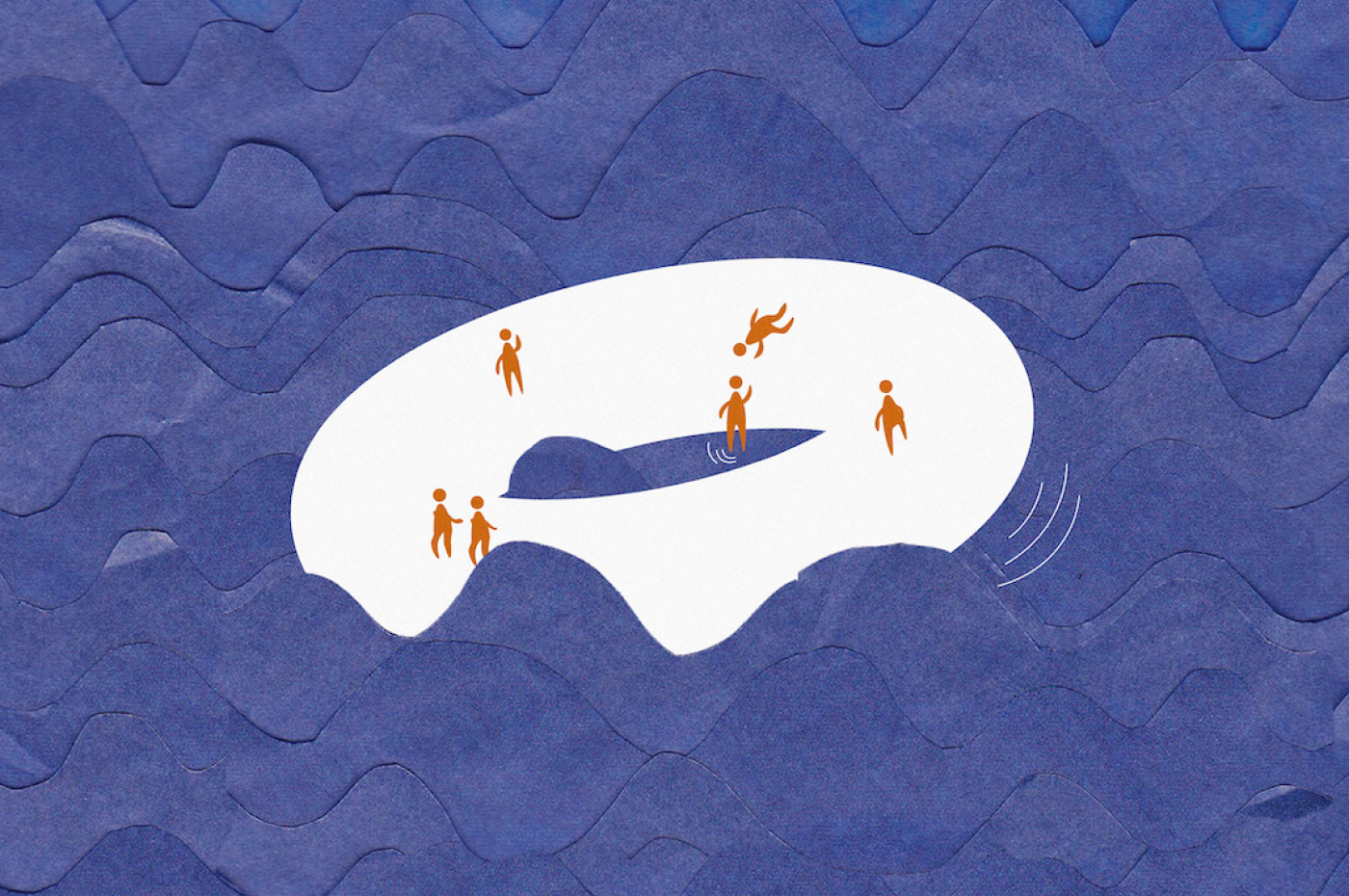NewslettersJune 22nd, 2021
PG #84: New models let us imagine new futures


For basically my entire career, I’ve been fascinated with the power of visualisation – the way that diagrams, graphs, images, and visual representations can create space for new ways of thinking.
The best recent example I’ve seen of this is Kate Raworth’s doughnut economics, a new way of thinking about how economies should function.
The model itself is a deceptively simple diagram:
Imagine a doughnut. “The hole in the centre is deprivation, where people don’t have the resources they need to meet the essentials of life, food, education, decent housing, etc. So we want to get people out of that hole, and into the doughnut. We want to do that for the whole world, while making sure we don’t go beyond the doughnut’s outer crust, because that’s a space of ecological overshoot, where we put more pressure on the planet than the planet can take, causing climate change, massive loss of biodiversity, and so on.” — Kate Raworth
As with a real doughnut, the sweet spot lies between those two boundaries: an ecologically safe and socially just space in which humanity can thrive.
The doughnut is much more than just a diagram though – it’s a representation of a new way of thinking about human society, of how economies should function to support us and the planet. Traditional economics pursues the goal of endless GDP growth (a problem that I’ve discussed in this newsletter before). The essence of doughnut economics is to change that goal to a new one: a thriving and just society, within the ecological limits of the earth’s systems.
As Kate Raworth puts it, “A healthy economy should be designed to thrive, not grow.”
A core part of breaking out of our current economic, social, and ecological predicament is to break down our very way of thinking about things – what we accept as ‘the way things are’.
When you look at the doughnut model, even for a short amount of time, it's immediately clear that we need to get people out of poverty without overshooting multiple ecological capacities. No matter what we do, we must work ‘within’ the doughnut – anything else is failure.
Those with an interest in maintaining our deadly status quo (such as the fossil fuel industry) are “really, really good at ensuring we don’t wander too far into imagining a world without them”.
To fight this, we need tools to change our imagination.
The model has deep, considered thinking behind it, but it’s the simplicity of the diagram itself that makes it so powerful. It has been the catalyst for conversations about city economies all over the world (for readers in Melbourne, Regen Melbourne is a great example).
Visualisations like this make it easy to think in a new way.



